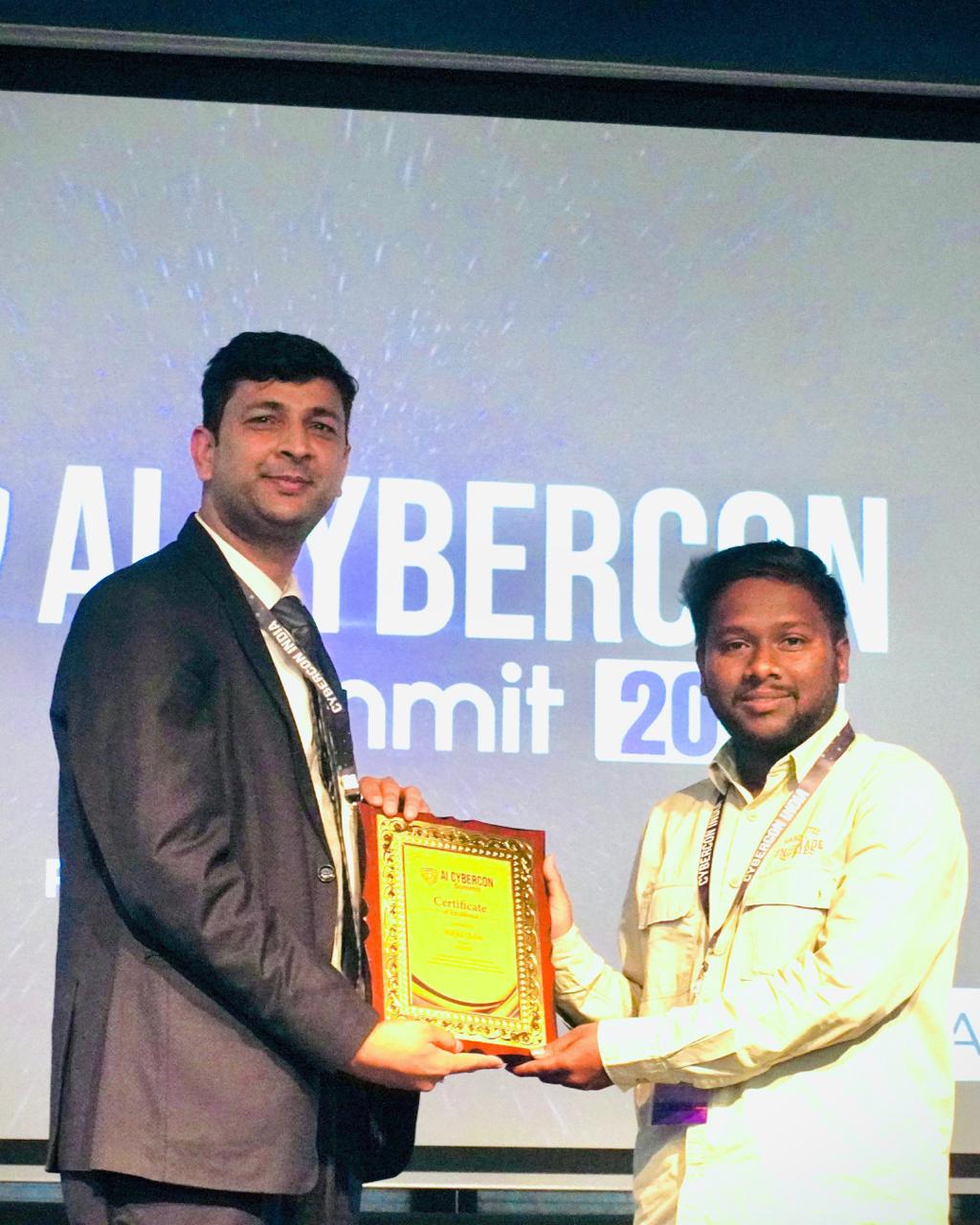Best Practices for Implementing DevOps in Large Enterprises
Implementing DevOps in large enterprises requires a strategic approach to ensure seamless integration, enhanced collaboration, and continuous delivery. Key best practices include fostering a collaborative culture, automating processes, prioritizing continuous integration and delivery (CI/CD), and implementing robust monitoring and feedback mechanisms. By adopting these practices, large enterprises can achieve improved efficiency, faster time-to-market, and higher-quality software products.

Fostering a Collaborative Culture
A collaborative culture is the foundation of a successful DevOps implementation. Large enterprises often face challenges with siloed teams and communication barriers. To overcome these, it's essential to promote a culture of collaboration across development, operations, and business teams. Encouraging open communication, cross-functional teams, and shared responsibilities can lead to better alignment and faster problem-solving. Implementing regular stand-ups, retrospectives, and team-building activities can also help foster a collaborative environment.
Automating Processes
Automation is a critical component of DevOps, enabling faster and more reliable software delivery. In large enterprises, automating repetitive tasks such as code integration, testing, and deployment can significantly reduce human error and increase efficiency. Implementing infrastructure as code (IaC) allows for scalable and consistent environment setups. Tools like Jenkins, Ansible, and Kubernetes can facilitate automation and orchestration, ensuring that processes are streamlined and scalable.
Prioritizing Continuous Integration and Continuous Delivery (CI/CD)
CI/CD practices are vital for maintaining a steady flow of updates and ensuring that code changes are tested and deployed rapidly. Large enterprises should prioritize the implementation of CI/CD pipelines to automate the integration and delivery of code changes. This approach minimizes integration issues, reduces deployment risks, and accelerates the feedback loop. By continuously integrating code into a shared repository and deploying it to production automatically, enterprises can achieve shorter release cycles and higher-quality outputs.
Implementing Robust Monitoring and Feedback Mechanisms
Monitoring and feedback are crucial for maintaining the health and performance of applications in a DevOps environment. Large enterprises should invest in comprehensive monitoring tools that provide real-time insights into system performance, application health, and user experience. Implementing robust feedback mechanisms, such as logging, alerting, and performance dashboards, allows teams to proactively identify and resolve issues. Regularly reviewing feedback helps in continuous improvement and ensures that the systems are meeting business objectives.
Conclusion
Adopting DevOps in large enterprises is a transformative journey that requires a strategic and methodical approach. By fostering a collaborative culture, automating processes, prioritizing CI/CD, and implementing robust monitoring and feedback mechanisms, large enterprises can reap the benefits of DevOps. These practices lead to enhanced efficiency, faster time-to-market, and higher-quality software products, ultimately driving business success. As enterprises continue to evolve, the integration of DevOps practices will be essential for staying competitive and meeting the ever-changing demands of the market.




































Comments (0)